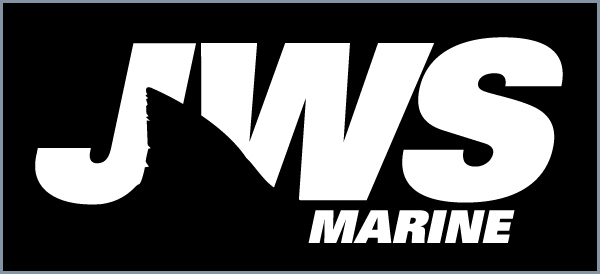Our dive on the Al-Ind-Esk-A-Sea, or “Big Al” as we like to call her, is complete.
With a history that includes everything from being a Cruise Ship, a US Navy Ship and a private yacht, the Al-Ind-Esk-Sea floated her last days as a fish processing ship – owned by TransAlaska Fisheries Corp. You’ll read in the scret.org link that she was capable of processing and carrying more than 5 million pounds of packaged seafood in her refrigerated holds. This freighter has a beam of 50 feet and is more than 300 feet long.
In 1982, 23 years ago this month, Big Al was at anchor in Port Garner undergoing repairs when a fire started on the ship. Due to the 18 tons of ammonia on board (used in the ships refrigeration system), fire fighting crews stayed away from her. She burned for two days and then rolled on her side and sank to the bottom of the bay. She now rests on her starboard side, 240 feet below the surface, just a half mile off shore.
Our dive operation on Sunday consisted of two teams of 3 divers each, 2 safety divers and our captain Troy of Porthole Dive Charters. I was on the first team of divers, and after hooking the wreck while above water, our first goal for the dive was to free the grappling hook, then carry it to the top and set on the port side of the wreck. Completion of this task would enable us to retrieve the grappling hook at the conclusion of the dive – once everyone was back on board. Once the grappling hook was sitting on the top of the wreck and free of obstruction, we planned to explore the wreck using our Gavin scooters then terminate the dive at a run time of 20 or 25 minutes.
The first task turned out to be a pretty hairy experience: we found the grappling hook on the bottom, near the 240ft mark, and it was stuck in the mud. The hook weighs more than 20 pounds and the only way to get it out of the mud was to grab hold of it and inflate the buoyancy control wing just enough to pull it free. My friend took on this task and on the release of the hook from the mud two expected things happened: 1) a cloud of slit significantly reduced visibility and 2) the inflated wing pulled him rapidly upwards about 10-20feet. In this process something unexpected happened. All three of us rose up underneath an almost invisible spider web of old fishing line. It was an unnerving 5 minute process, sitting at a depth of about 220 feet, to cut ourselves free of this underwater killer, and if we hadn’t kept focused it might have meant death for anyone of us.
After the fishing line incident, we all signaled that we were still ok and with 15 minutes of bottom gas left to burn we set out on the scooters. We followed the port side walkway railing from mid ship to the bow. Riding just off this railing would have made for a photo like you would expect to see on a National Geographic video of the Titanic. At the bow we encountered the enormous eyelet that housed the anchor chain and the big spools that had anchor chain wound around them. We then circled back towards the mid section, taking our time looking at the deck of the ship which loomed like a 50 foot wall on our right. Eventually we made it back towards the stern and the super structure of the ship, moved again to the top and finally back to our grappling hook sitting free and clear on top. Bottom time was reading 20 minutes at that point, so we circled OK, gave the thumbs up sign and began our slow 60 minute decompression ascent back to the surface.
For the dive we used a bottom mix of 15% oxygen, 60% helium and then 50% oxygen and pure O2 for decompression.

